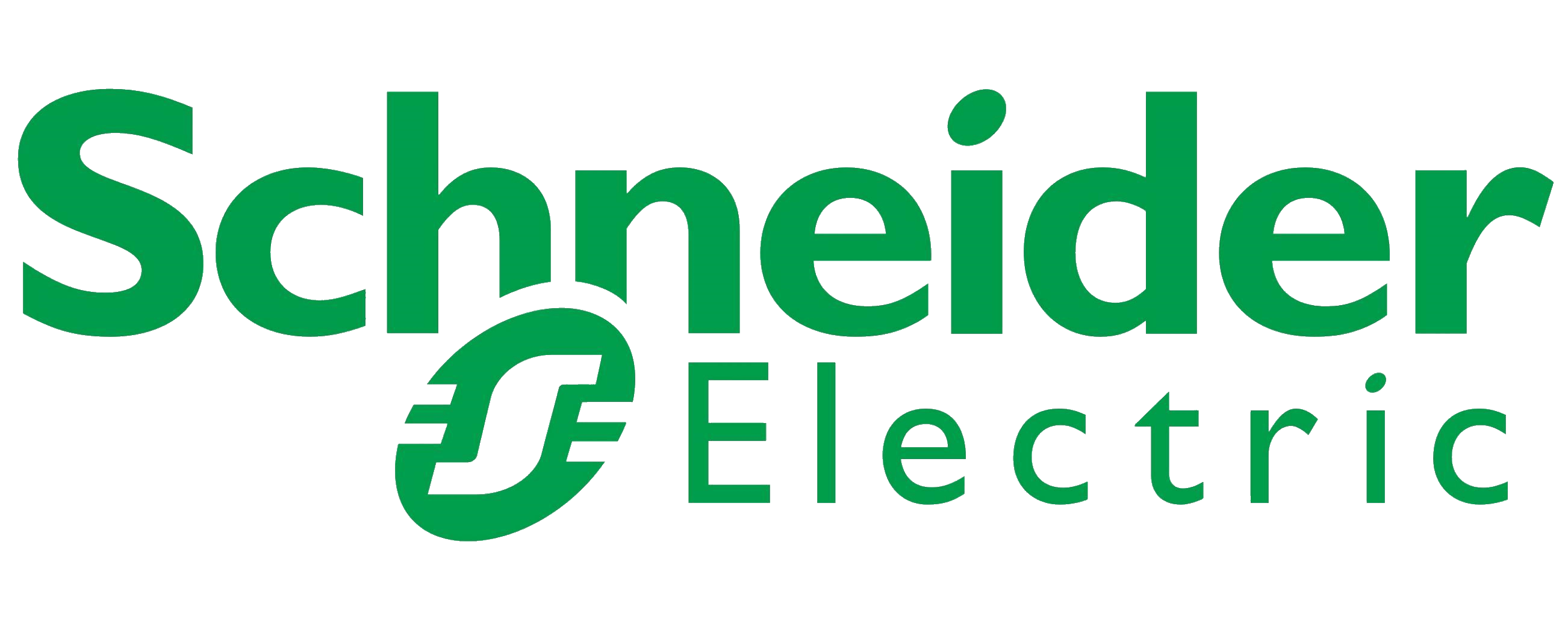Global Gas Separation Membrane Market: By Material Type, By Module, By Application, By Region & Segmental Insights Trends and Forecast, 2024 – 2034
- Industry: Construction & Manufacturing
- Report ID: TNR-110-1117
- Number of Pages: 420
- Table/Charts : Yes
- June, 2024
- Base Year : 2024
- No. of Companies : 10+
- No. of Countries : 29
- Views : 10153
- Covid Impact Covered: Yes
- War Impact Covered: Yes
- Formats : PDF, Excel, PPT
Gas separation membranes are thin materials used to separate different gases from mixtures based on their molecular size, shape, and affinity for the membrane material. These membranes are crucial in various industrial processes and applications, including gas purification, gas separation, gas recovery, and gas storage. Stringent environmental regulations aimed at reducing emissions of harmful gases such as carbon dioxide (CO2), sulfur dioxide (SO2), nitrogen oxides (NOx), and volatile organic compounds (VOCs) drive the demand for gas separation membranes.
These membranes enable the removal of pollutants from industrial gas streams, helping industries comply with emissions standards and regulations. Ongoing advancements in membrane materials, membrane fabrication techniques, and membrane module designs contribute to the development of high-performance gas separation membranes. Innovations such as nanocomposite membranes, mixed matrix membranes, and membrane surface modifications improve separation efficiency, selectivity, and durability, expanding the range of applications for gas separation membranes.
In Terms of Revenue, the Global Gas Separation Membrane Market was Worth US$ 1.2 Bn in 2023, Anticipated to Witness CAGR of 7.6% During 2024 – 2034.
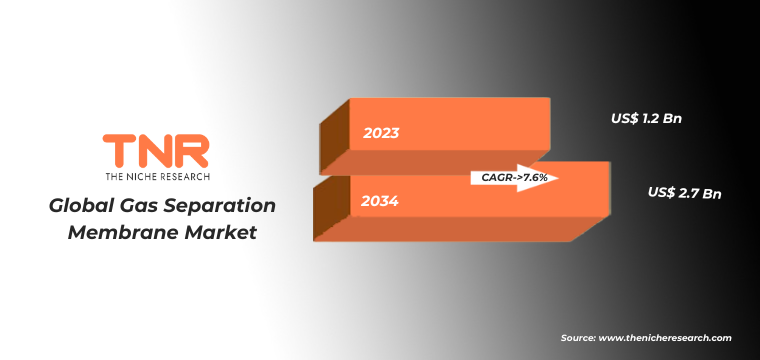
Global Gas Separation Membrane Market Dynamics
- Stringent Environmental Regulations: Increasing environmental regulations aimed at reducing greenhouse gas emissions and air pollutants drive the demand for gas separation membranes. These membranes play a vital role in mitigating emissions from industrial processes, power generation, and transportation by separating and capturing pollutants such as carbon dioxide (CO2), sulfur dioxide (SO2), nitrogen oxides (NOx), and volatile organic compounds (VOCs).
- Growing Industrial Applications: Gas separation membranes find applications in various industries, including oil and gas, petrochemicals, chemicals, refining, power generation, pharmaceuticals, food and beverage, and semiconductor manufacturing. The expanding industrial base and the need for purified gases, specialty gases, and process optimization drive the adoption of gas separation membranes in these sectors.
- Hydrogen Economy: The growing interest in hydrogen as a clean and versatile energy carrier drives the demand for gas separation membranes for hydrogen production and purification. Membrane-based hydrogen separation processes offer advantages such as high purity hydrogen production, compact system design, and low operating costs, making them attractive for various hydrogen applications, including fuel cells, ammonia production, and industrial processes.
Global Gas Separation Membrane Market Revenue & Forecast, (US$ Million), 2016 – 2034
Polyimide and Polyaramide Segment had the Highest Share in the Global Gas Separation Membrane Market During the Forecast Period (2024 – 2034).
Polyimide and polyaramide are high-performance polymer materials commonly used in the manufacturing of gas separation membranes. These membranes exhibit excellent thermal stability, chemical resistance, mechanical strength, and selectivity, making them suitable for separating various gas mixtures in industrial processes. Polyimide and polyaramide-based gas separation membranes offer enhanced performance characteristics, such as high permeability, good selectivity, and durability, compared to conventional materials.
These membranes can effectively separate gas mixtures based on differences in molecular size, shape, and affinity for the membrane material, improving the efficiency and effectiveness of gas separation processes. The growing demand for gas separation membranes in industrial applications, driven by increasing environmental regulations, energy transition initiatives, and process optimization requirements, creates growth opportunities for polyimide and polyaramide-based membranes. These materials enable the development of high-performance membranes tailored to specific gas separation requirements, catering to the evolving needs of industries worldwide.

Plate & Frame Module Segment had the Highest Share in the Global Gas Separation Membrane Market in 2023.
The plate & frame module segment dominated the global Gas Separation Membrane Market, in terms of revenue and is estimated to sustain its dominance over the forecast period. Plate and frame modules facilitate efficient gas separation by providing a large surface area for membrane contact, allowing for effective gas permeation and separation. The design allows for high flow rates and improved mass transfer kinetics, enhancing the performance of gas separation processes. Plate and frame modules offer scalability and flexibility, allowing for the customization of membrane systems to meet specific gas separation requirements.
These modules can be easily assembled into larger systems by stacking multiple units, enabling the adaptation of membrane systems to varying feed gas compositions, flow rates, and operating conditions. Plate & Frame modules are cost-effective solutions for gas separation applications, offering lower capital and operating costs compared to alternative membrane configurations. The modular design allows for easy installation, maintenance, and replacement of membrane elements, reducing downtime and overall operational expenses.
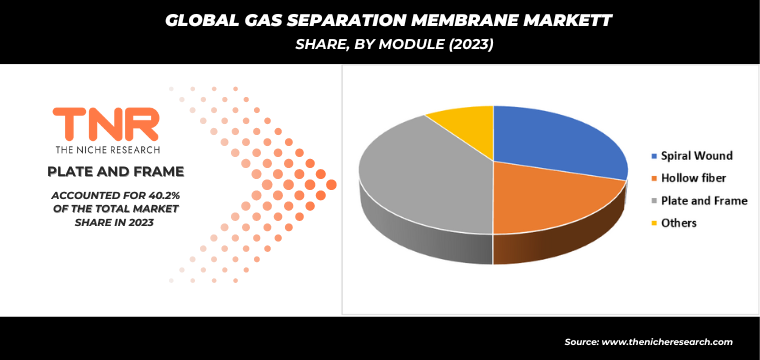
By Application Nitrogen Generation & Oxygen enrichment Segment had the Highest Share in the Global Gas Separation Membrane Market in 2023.
Nitrogen and oxygen are essential industrial gases used in various manufacturing processes, including metal fabrication, electronics production, pharmaceuticals, and food packaging. Gas separation membranes play a crucial role in nitrogen generation and oxygen enrichment processes, enabling the production of high-purity gases for industrial applications. On-site nitrogen generation and oxygen enrichment systems offer several advantages over traditional gas supply methods, such as cylinder delivery and bulk liquid storage. Gas separation membranes allow for the continuous and on-demand production of nitrogen and oxygen from air, eliminating the need for external gas suppliers, reducing transportation costs, and ensuring a reliable gas supply for critical operations.
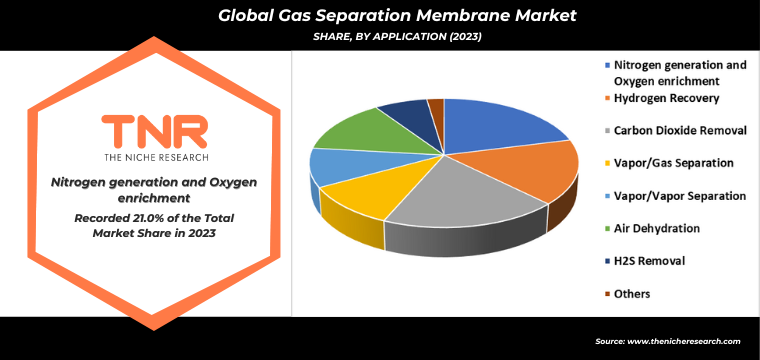
By Region, Asia Pacific Dominated the Global Gas Separation Membrane Market in 2023.
The Asia-Pacific region is undergoing rapid industrialization and urbanization, leading to increased demand for industrial gases such as nitrogen, oxygen, hydrogen, and carbon dioxide. Gas separation membranes play a crucial role in various industries, including oil and gas, petrochemicals, chemicals, refining, power generation, and electronics manufacturing, supporting industrial growth and development. Stringent environmental regulations and sustainability initiatives drive the adoption of gas separation membranes for air pollution control, greenhouse gas mitigation, and resource conservation.
Membrane-based gas separation processes enable industries to comply with emissions standards, reduce carbon footprint, and minimize environmental impact, addressing air quality concerns and supporting sustainable development goals in the region. The Asia-Pacific region is home to a thriving chemical and petrochemical industry, driven by demand from diverse end-use sectors such as automotive, construction, consumer goods, and packaging. Gas separation membranes are essential for gas purification, separation, and recovery processes in chemical and petrochemical plants, supporting production efficiency, product quality, and supply chain resilience in the region.

Competitive Landscape: Global Gas Separation Membrane Market:
- Air Liquide Advanced Separations LLC
- Air Products and Chemicals Inc.
- Atlas Copco AB
- DIC Corporation
- Evonik Industries
- Fujifilm Manufacturing Europe B.V
- GENERON LLC
- GMT Membrantechnik GmbH
- GRASYS JSC
- Honeywell International (Honeywell UOP)
- Mahler AGS
- Membrane Technology and Research Inc
- Parker-Hannifin Corporation
- Schlumberger Ltd
- UBE Industries Ltd
- Other Industry Participants
Global Gas Separation Membrane Market Scope
| Report Specifications | Details |
| Market Revenue in 2023 | US$ 2.48 Bn |
| Market Size Forecast by 2034 | US$ 5.90 Bn |
| Growth Rate (CAGR) | 8.2% |
| Historic Data | 2016 – 2022 |
| Base Year for Estimation | 2023 |
| Forecast Period | 2024 – 2034 |
| Report Inclusions | Market Size & Estimates, Market Dynamics, Competitive Scenario, Trends, Growth Factors, Market Determinants, Key Investment Segmentation, Product/Service/Solutions Benchmarking |
| Segments Covered | By Material Type, By Module, By Application, By Region |
| Regions Covered | North America, Europe, Asia Pacific, Middle East & Africa, Latin America |
| Countries Covered | U.S., Canada, Mexico, Rest of North America, France, The UK, Spain, Germany, Italy, Nordic Countries (Denmark, Finland, Iceland, Sweden, Norway), Benelux Union (Belgium, The Netherlands, Luxembourg), Rest of Europe, China, Japan, India, New Zealand, Australia, South Korea, Southeast Asia (Indonesia, Thailand, Malaysia, Singapore, Rest of Southeast Asia), Rest of Asia Pacific, Saudi Arabia, UAE, Egypt, Kuwait, South Africa, Rest of Middle East & Africa, Brazil, Argentina, Rest of Latin America |
| Key Players | Air Liquide Advanced Separations LLC, Air Products and Chemicals Inc., Atlas Copco AB, DIC Corporation, Evonik Industries, Fujifilm Manufacturing Europe B.V, GENERON LLC, GMT Membrantechnik GmbH, GRASYS JSC, Honeywell International (Honeywell UOP), Mahler AGS, Membrane Technology and Research Inc, Parker-Hannifin Corporation, Schlumberger Ltd, UBE Industries Ltd |
| Customization Scope | Customization allows for the inclusion/modification of content pertaining to geographical regions, countries, and specific market segments. |
| Pricing & Procurement Options | Explore purchase options tailored to your specific research requirements |
| Contact Details | Consult With Our Expert
Japan (Toll-Free): +81 663-386-8111 South Korea (Toll-Free): +82-808- 703-126 Saudi Arabia (Toll-Free): +966 800-850-1643 United Kingdom: +44 753-710-5080 United States: +1 302-232-5106 E-mail: askanexpert@thenicheresearch.com
|
Global Gas Separation Membrane Market
By Material Type
- Polyimide and Polyaramide
- Polysulfone
- Cellulose acetate
- Other
By Module
- Spiral Wound
- Hollow fiber
- Plate and Frame
- Others
By Application
- Nitrogen generation and Oxygen enrichment
- Hydrogen Recovery
- Carbon Dioxide Removal
- Vapor/Gas Separation
- Vapor/Vapor Separation
- Air Dehydration
- H2S Removal
- Others
By Region
- North America (U.S., Canada, Mexico, Rest of North America)
- Europe (France, The UK, Spain, Germany, Italy, Nordic Countries (Denmark, Finland, Iceland, Sweden, Norway), Benelux Union (Belgium, The Netherlands, Luxembourg), Rest of Europe)
- Asia Pacific (China, Japan, India, New Zealand, Australia, South Korea, Southeast Asia (Indonesia, Thailand, Malaysia, Singapore, Rest of Southeast Asia), Rest of Asia Pacific)
- Middle East & Africa (Saudi Arabia, UAE, Egypt, Kuwait, South Africa, Rest of Middle East & Africa)
- Latin America (Brazil, Argentina, Rest of Latin America)
Report Layout
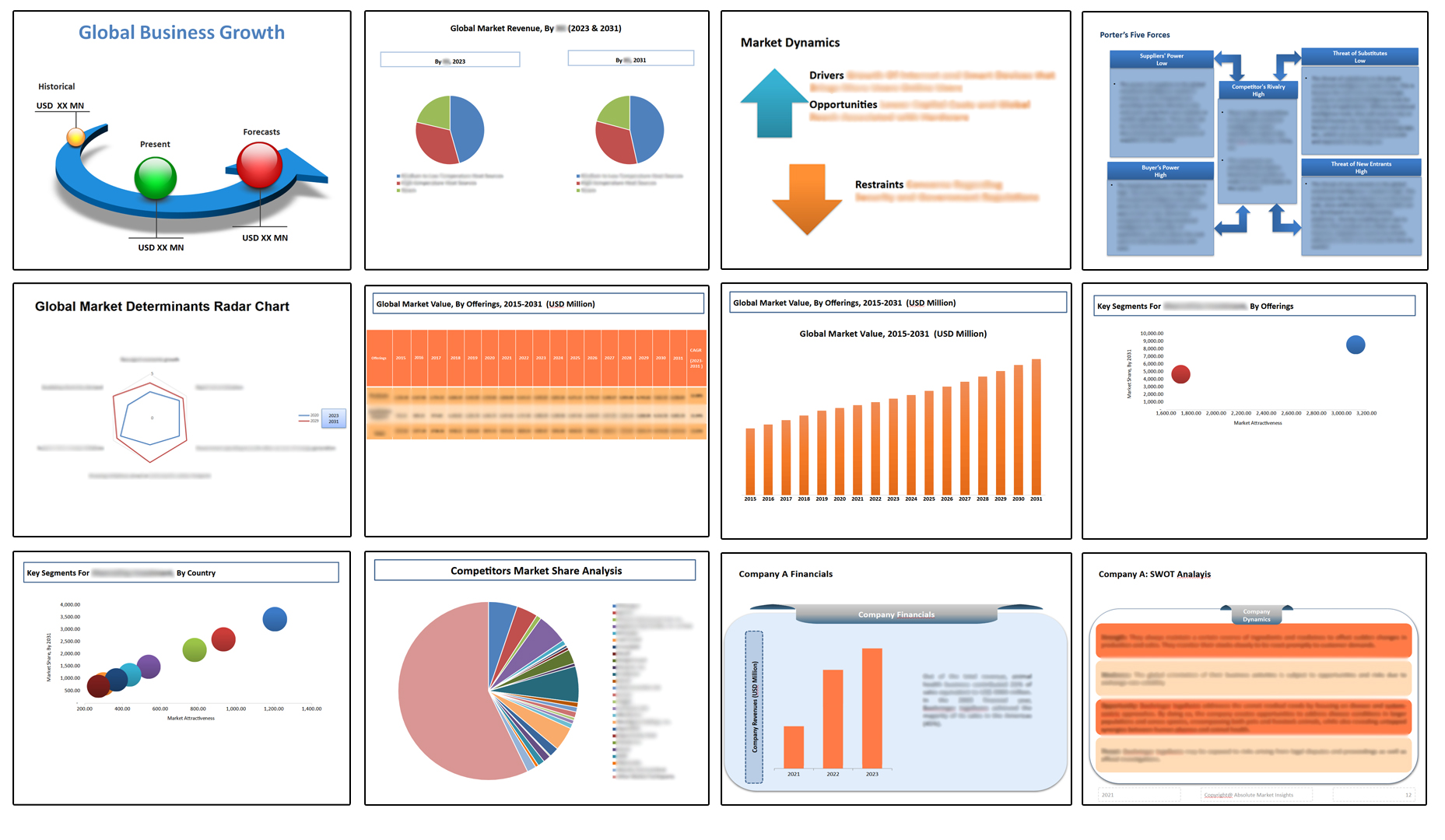
Table of Contents
Note: This ToC is tentative and can be changed according to the research study conducted during the course of report completion.
**Exclusive for Multi-User and Enterprise User.
Global Gas Separation Membrane Market
By Material Type
- Polyimide and Polyaramide
- Polysulfone
- Cellulose acetate
- Other
By Module
- Spiral Wound
- Hollow fiber
- Plate and Frame
- Others
By Application
- Nitrogen generation and Oxygen enrichment
- Hydrogen Recovery
- Carbon Dioxide Removal
- Vapor/Gas Separation
- Vapor/Vapor Separation
- Air Dehydration
- H2S Removal
- Others
By Region
- North America (U.S., Canada, Mexico, Rest of North America)
- Europe (France, The UK, Spain, Germany, Italy, Nordic Countries (Denmark, Finland, Iceland, Sweden, Norway), Benelux Union (Belgium, The Netherlands, Luxembourg), Rest of Europe)
- Asia Pacific (China, Japan, India, New Zealand, Australia, South Korea, Southeast Asia (Indonesia, Thailand, Malaysia, Singapore, Rest of Southeast Asia), Rest of Asia Pacific)
- Middle East & Africa (Saudi Arabia, UAE, Egypt, Kuwait, South Africa, Rest of Middle East & Africa)
- Latin America (Brazil, Argentina, Rest of Latin America)
The Niche Research approach encompasses both primary and secondary research methods to provide comprehensive insights. While primary research is the cornerstone of our studies, we also incorporate secondary research sources such as company annual reports, premium industry databases, press releases, industry journals, and white papers.
Within our primary research, we actively engage with various industry stakeholders, conducting paid interviews and surveys. Our meticulous analysis extends to every market participant in major countries, allowing us to thoroughly examine their portfolios, calculate market shares, and segment revenues.
Our data collection primarily focuses on individual countries within our research scope, enabling us to estimate regional market sizes. Typically, we employ a bottom-up approach, meticulously tracking trends in different countries. We analyze growth drivers, constraints, technological innovations, and opportunities for each country, ultimately arriving at regional figures.Our process begins by examining the growth prospects of each country. Building upon these insights, we project growth and trends for the entire region. Finally, we utilize our proprietary model to refine estimations and forecasts.
Our data validation standards are integral to ensuring the reliability and accuracy of our research findings. Here’s a breakdown of our data validation processes and the stakeholders we engage with during our primary research:
- Supply Side Analysis: We initiate a supply side analysis by directly contacting market participants, through telephonic interviews and questionnaires containing both open-ended and close-ended questions. We gather information on their portfolios, segment revenues, developments, and growth strategies.
- Demand Side Analysis: To gain insights into adoption trends and consumer preferences, we reach out to target customers and users (non-vendors). This information forms a vital part of the qualitative analysis section of our reports, covering market dynamics, adoption trends, consumer behavior, spending patterns, and other related aspects.
- Consultant Insights: We tap into the expertise of our partner consultants from around the world to obtain their unique viewpoints and perspectives. Their insights contribute to a well-rounded understanding of the markets under investigation.
- In-House Validation: To ensure data accuracy and reliability, we conduct cross-validation of data points and information through our in-house team of consultants and utilize advanced data modeling tools for thorough verification.
The forecasts we provide are based on a comprehensive assessment of various factors, including:
- Market Trends and Past Performance (Last Five Years): We accurately analyze market trends and performance data from preceding five years to identify historical patterns and understand the market’s evolution.
- Historical Performance and Growth of Market Participants: We assess the historical performance and growth trajectories of key market participants. This analysis provides insights into the competitive landscape and individual company strategies.
- Market Determinants Impact Analysis (Next Eight Years): We conduct a rigorous analysis of the factors that are projected to influence the market over the next eight years. This includes assessing both internal and external determinants that can shape market dynamics.
- Drivers and Challenges for the Forecast Period:Identify the factors expected to drive market growth during the forecast period, as well as the challenges that the industry may face. This analysis aids in deriving an accurate growth rate projection.
- New Acquisitions, Collaborations, or Partnerships: We keep a close watch on any new acquisitions, collaborations, or partnerships within the industry. These developments can have a significant impact on market dynamics and competitiveness.
- Macro and Micro Factors Analysis:A thorough examination of both macro-level factors (e.g., economic trends, regulatory changes) and micro-level factors (e.g., technological advancements, consumer preferences) that may influence the market during the forecast period.
- End-User Sentiment Analysis: To understand the market from the end-user perspective, we conduct sentiment analysis. This involves assessing the sentiment, preferences, and feedback of the end-users, which can provide valuable insights into market trends.
- Perspective of Primary Participants: Insights gathered directly from primary research participants play a crucial role in shaping our forecasts. Their perspectives and experiences provide valuable qualitative data.
- Year-on-Year Growth Trend: We utilize a year-on-year growth trend based on historical market growth and expected future trends. This helps in formulating our growth projections, aligning them with the market’s historical performance.
Research process adopted by TNR involves multiple stages, including data collection, validation, quality checks, and presentation. It’s crucial that the data and information we provide add value to your existing market understanding and expertise. We have also established partnerships with business consulting, research, and survey organizations across regions and globally to collaborate on regional analysis and data validation, ensuring the highest level of accuracy and reliability in our reports.




